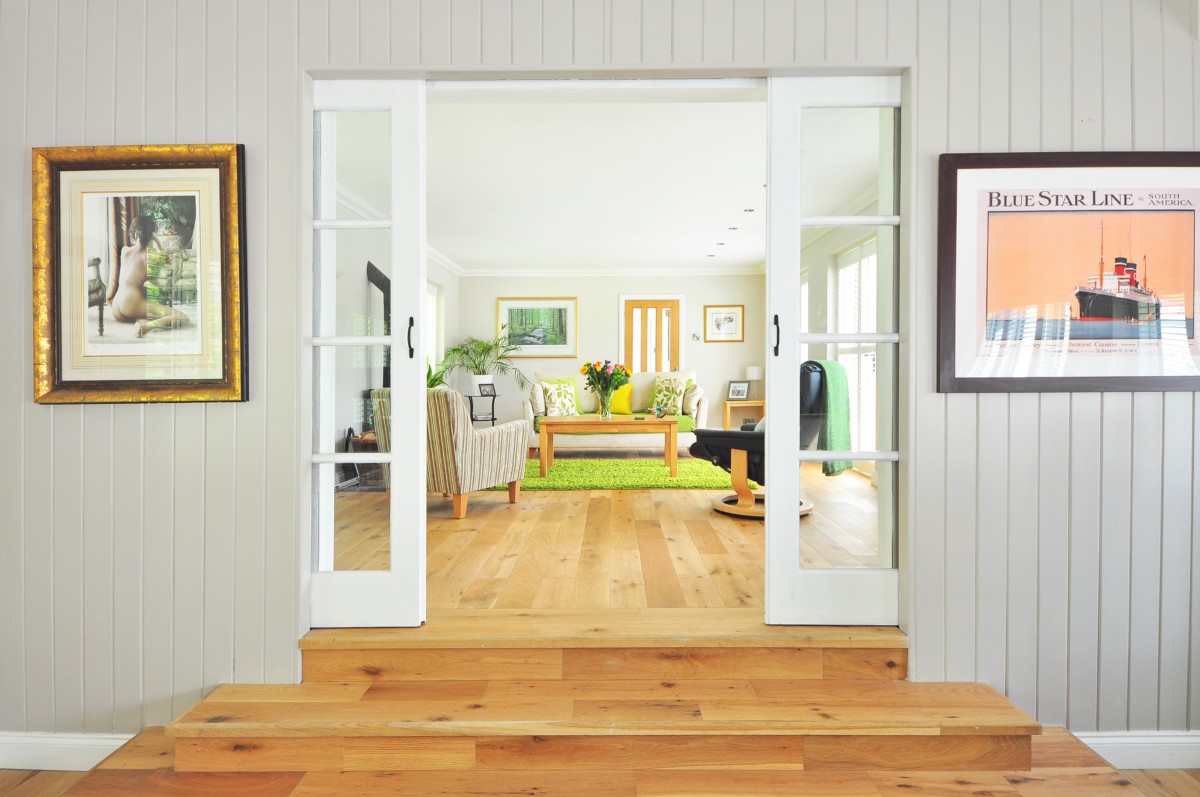As an independent company, we at Back to Earth have all of the materials on the open market to choose from when selecting the best materials to supply to our customers. We’ve chosen wood fibre insulation because of it’s amazing properties that make it so useful in construction. Here are some of the reasons why.
Wood fibre insulation creates incredible living environments
Whilst the appearance and layout of a living space is important to enable occupants to enjoy it, areas that are often overlooked can substantially detract from this. Acoustic insulation, prevention of summer over-heating and good air quality are vital factors in creating the perfect environment.
Wood fibre insulation absorbs sound very well and creates very quiet, peaceful spaces. It’s high density and high heat capacity help it to reduce the risk of summer overheating by helping to soak up the sun’s energy and preventing it travelling in to buildings during the summer. Wood fibre is a natural material and contains very few VOC’s (volatile organic compounds that can be bad for health) and helps maintain good indoor air quality.
Wood fibre insulation works well in a fire
Because wood fibre is made from wood, the general perception is that it burns like wood. However, just as a book will only burn very slowly in a fire whereas ‘balls’ of paper burn quickly, wood fibre burns very slowly. It does not support a flame and merely smoulders in a fire, ensuring that even in the most intense fires the occupants are able to safely get out of the building.
Wood fibre boards can resist very high temperatures for very long periods, creating systems that give in excess of 75 minutes fire protection even from temperatures approaching 1000 degrees celsius.
Importantly, in a fire, no cyanide gasses are released as the wood fibre insulation smoulders. The release of cyanide during the combustion of PUR/PIR insulations is one of the issues that makes them so deadly during a fire.
Wood fibre insulation reduces on-site risk
During construction, the great British weather inevitably gets a building’s shell thoroughly soaked before the roof goes on and it can begin to dry out. Using insulations that trap moisture and do not allow it to easily escape can cause damage to timber frame buildings and roof structures.
Whilst wood fibre insulation can appear to absorb rain water it dries very quickly afterwards without any detriment to the insulation material itself. Materials such as glass or mineral wool take up water in a similar way but are not able to dry quickly and should be removed if soaked to avoid damage to timbers.
Obviously you should try and avoid soaking your insulation materials but if the worst happens you know that wood fibre will have no issues.
Wood fibre insulation is the simplest to work with
The more complex a structure is, the more difficult it is to build and the less likely it is to perform as designed. Conversely, simple structures are easy to build and tend to perform as designed. Structures insulated with wood fibre insulation are very simple in design and can be built without any membranes, cavities or associated awkward details.
Typical construction details show simple solid walls, tough and robust details giving rise to high performance structures. Thermal bridging is extremely low and standard details have very low Psi values, typically less than one third of enhanced construction details.
For timber framed walls and roof structures the insulation sits between the timbers and a board is fixed to the outside which can be a weather resistant board for use behind cladding or on roofs. For rendered facades, the external boards can have a render applied directly to them. Timber construction rarely comes simpler.
Wood fibre insulation works better than it should.
When calculating the thermal insulation levels in a wall, you simply add up the thermal resistance of each layer to give a total. To check that the calculation is accurate a special device that measures heat flow can be used and this confirms the calculation for most situations.
However, when using wood fibre for internal wall insulation something strange happens. The measured values and the calculated values for the insulation levels are very different and the wood fibre insulation appears to be performing between 25 and 50% better than it should.
The increase in performance is likely to be due to the changing of small amounts of water from gas to liquid and back again within the wood fibres but as yet there are no definite theories. In this scenario, its just plain magic!

